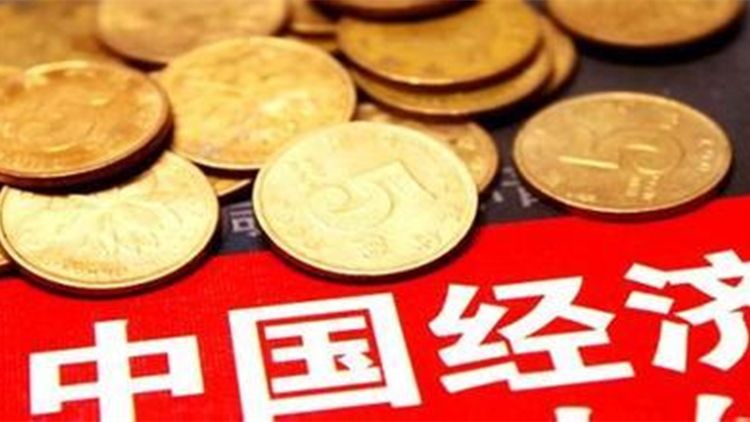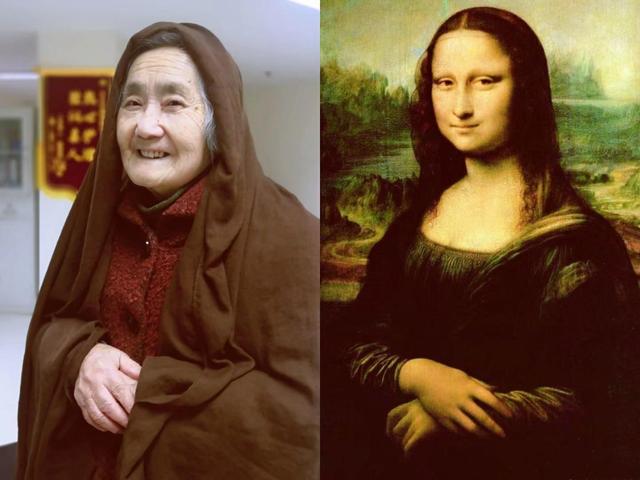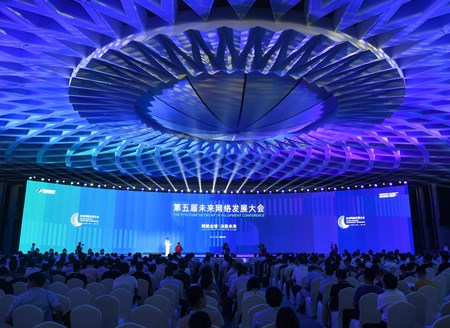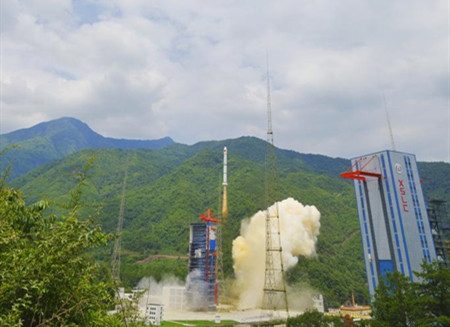The National Bureau of Statistics announced Tuesday the operation of the national economy in July. The data shows that the economic operation in July was generally stable. However, the domestic and international environment has become more severe and complex, and the economic operation has changed steadily.
Statistics released by the National Bureau of Statistics show that from January to July, the country’s real estate development investment was 655.86 billion yuan, a year-on-year increase of 10.2%. The sales area of commercial housing in the country was 899.90 million square meters, an increase of 4.2%. The sales of commercial housing in the country were 7.8 billion yuan, an increase of 14.4%.
Real estate investment jumped 13.2 percent in July year-on-year, the fastest in nearly two years and higher than June's 8.4 percent, according to Reuters calculations.
New construction starts jumped 32.4 percent year-on-year, probably buoyed by stronger home sales, improved funding conditions for cash-strapped developers and the government's heavy spending on public housing.
According to statistics, from January to July, 8.8 million new jobs were created in cities and towns, an increase of 250,000 over the same period of the previous year, and 80% of the annual target was achieved. In July, the national urban survey unemployment rate was 5.1%, up 0.3 percentage points from the previous month and unchanged from the same month of the previous year.
The unemployment rate of the 25-59 olds, the main employment group in the country, stood at 4.4%, which was the same as last month and remained at a low level. The average weekly working hours of the country’s corporate employees was 46 hours, an increase of 0.1 hours from the previous month.
China's goods trade went up 8.6 percent year-on-year to 16.72 trillion yuan ($2.45 trillion) in the first seven months of this year, customs data showed Wednesday.
Exports rose 5 percent year-on-year in the January-July period while imports grew 12.9 percent, resulting in a trade surplus of 1.06 trillion yuan, which narrowed by 30.6 percent, according to the General Administration of Customs.
In July, exports rose by 6 percent to 1.39 trillion yuan, while imports jumped 20.9 percent to 1.21 trillion yuan.
In the first seven months, exports and imports of products under the general trade category, which are differentiated from processing trade, gained 12.7 percent from a year ago to 9.85 trillion yuan, accounting for 58.9 percent of the total foreign trade, 2.1 percentage points higher than the same period in 2017.
The country's trade with major trading partners saw an increase during the January-July period. Trade with the European Union, its largest trading partner, climbed 5.9 percent, and trade volume with ASEAN countries increased by 11.6 percent.
Trade with countries along the Belt and Road totaled 4.57 trillion yuan, up 11.3 percent year-on-year, 2.7 percentage points faster than the average growth rate, data showed.
The Ministry of Commerce said Tuesday the country's service trade rose 8.5 percent year-on-year to stand at 2.53 trillion yuan or $370 billion in H1.
China-U.S. trade volume totaled 2.29 trillion yuan ($335 billion) in the first seven months, up 5.2 percent, accounting for 13.7 percent of the country's total trade volume.
China-U.S. trade surplus increased 6.4 percent to 1.04 trillion yuan through to July.
China's exports to the United States grew 5.6 percent to 1.66 trillion yuan during the same period.
In one of the few encouraging spots in the data, private sector fixed-asset investment rose 8.8 percent in January-July, up from 8.4 percent in the first half. It accounts for about 60 percent of overall investment in China.
But growth in infrastructure spending slowed to 5.7 percent in the first seven months from 7.3 percent.
[voice over]In July, the total retail sales of consumer goods reached 3.0734 billion yuan, an increase of 8.8%. Upgraded consumer goods maintained rapid growth and new consumption developed rapidly.
(source:ourjiangsu.com)






